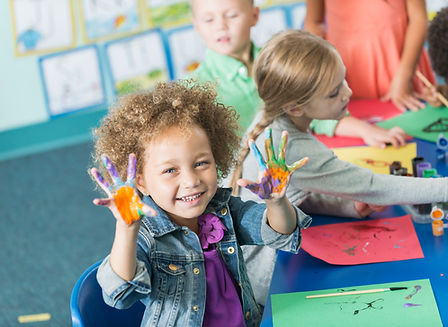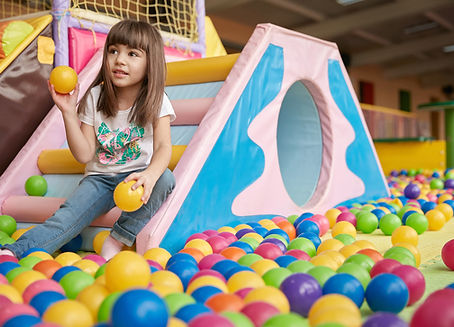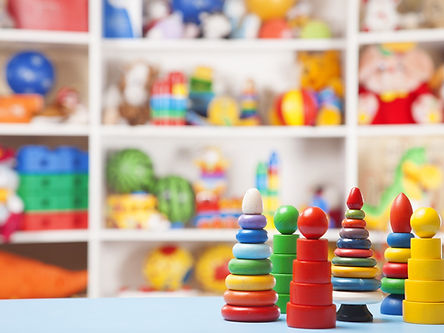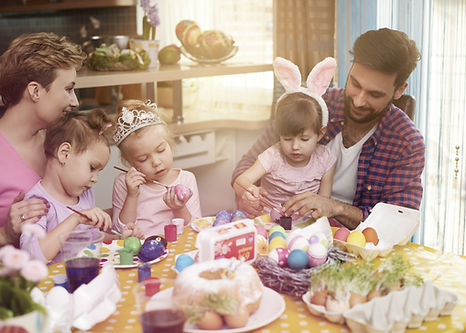Why Finnish?
Finnish early childhood education starts from a simple conviction: childhood has worth in itself. Preschool is not a waiting room for “real” school, but a time to nurture the whole child: socially, emotionally, cognitively, and physically so they can flourish now and later. In this approach, children are active participants, not passive recipients. Playful, child-initiated experiences in safe, inclusive settings build skills, confidence, and a sense of self, while teachers intentionally weave equality, individuality, and early intervention into daily life to prevent future challenges.
Layered onto this holistic frame is full French immersion, and it’s transformative. When children live a second language daily by hearing it in songs, stories, helper duties, mealtime chats, and outdoor adventures the language stops being a subject and becomes a medium for thinking, relating, and creating. Neurologically, these years are a sensitive window: switching between languages strengthens executive functions like attention, memory, and cognitive flexibility. Socially, it widens their lens. Empathy grows when you can name your world in more than one way, and cultural competence deepens when your day-to-day vocabulary carries multiple histories and perspectives. French opens doors to a global community of speakers, but just as importantly, it legitimizes multilingual identities in the room.

Children’s rights anchor everything. Guided by the UN Convention on the Rights of the Child, Finnish-inspired programs put each child’s best interests first: the right to be heard, to learn through play, to feel belonging, and to receive caring feedback. High-quality education is seen as the vehicle for honoring those rights, so teachers are trained to listen sensitively, protect wellbeing, and promote children’s agency.
Learning unfolds across four broad, interconnected areas: expressive arts, exploration of the world, understanding society and culture, and healthy living and it’s treated holistically. Music, art, storytelling, movement, math games, science experiments, and sustainability practices all mingle with daily routines to make learning meaningful. Underneath runs an emphasis on transversal skills: empathy, critical thinking, collaboration, independence, multiliteracy (including digital literacy), and self-care. These capacities arise from how adults interact with children, how environments are designed, and how participation is encouraged.


Because learning is social, relationships and play matter enormously. Children construct knowledge with peers and adults, through repetition, teaching others, and observing their surroundings. Everyday moments like tying shoes, sharing lunch, heading outdoors become lessons in language, problem-solving, and social norms. Trial and error is welcomed; frustration is reframed as a chance to build resilience. Classrooms spill into parks, neighborhoods, and nature so curiosity can stretch beyond four walls.
Teachers are the linchpin. Teams are led by a pedagogical manager and include qualified lead and assistant teacher who keep ratios low and relationships strong. Educators are expected to be reflective, research-minded professionals who plan carefully, collaborate with families and colleagues, document learning rigorously, and continuously refine their practice. Tools like Individual Plans, Follow-Up forms, and portfolios help track each child’s growth and adjust instruction. Reflection shows up in meeting minutes, observation logs, photos, and honest team conversations about what to improve.
The physical environment is deliberately crafted: organized, uncluttered, well-labeled spaces for art, role play, literacy, science, music, and vigorous movement indoors and out. Materials are durable, accessible, and rotated to spark curiosity. Children help care for their environment through helper systems and shared agreements, reinforcing autonomy and responsibility. Language learning is woven through songs, rhymes with actions, storytelling, pictograms, Morning Circles, helper roles, “Star of the Week” presentations, and mealtime chats, always supported by abundant positive feedback and a climate where mistakes are safe.


Families are partners, not spectators. Trust is built through daily exchanges at drop-off and pick-up, regular conferences, celebrations, workshops, newsletters, and feedback loops. Centers articulate clear policies for working with parents, respect their expertise about their own children, and adapt to each family’s needs. Finally, because this model travels globally, programs localize: they align documentation, licensing, reporting, safety, and qualification requirements with local laws and cultures while preserving the Finnish core—holistic care, inclusion, play, and respect for every child’s inherent value.
.png)